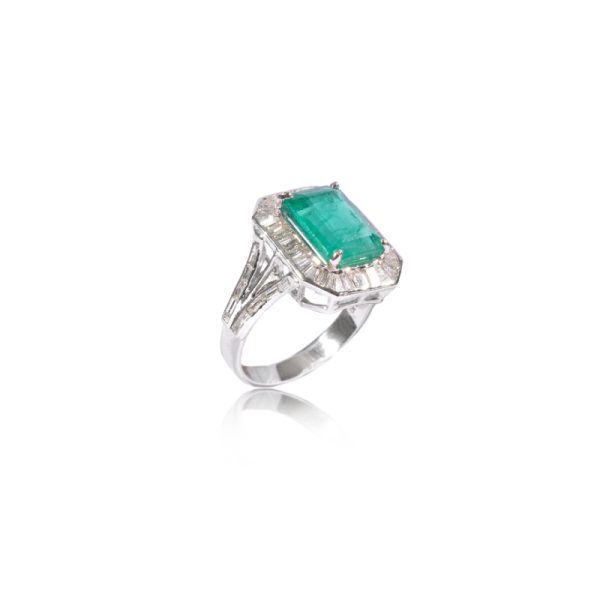The Symbolism of Pendants and Amulets vs. the Symbolism of Game Icons
In both jewelry and gambling, symbols carry weight far beyond their surface meaning. Pendants and amulets have long been infused with deep cultural, spiritual, and personal significance. Similarly, symbols used in slot machines and online casino games aren't merely decorative—they evoke emotion, expectation, and sometimes superstition. As the boundaries between design, psychology, and entertainment continue to blur, comparing the worlds of wearable talismans and digital symbols reveals fascinating parallels.
The Historical Roots of Symbolism in Jewelry
Pendants and amulets have been part of human culture for millennia. From ancient Egypt to modern-day fashion, these wearable objects have been more than just ornaments. They have protected, empowered, and communicated identity. For example, the Eye of Horus was believed to guard against evil; Celtic knots symbolized eternal life; and modern-day heart pendants represent love and intimacy, much like the symbolic allure found in gaming experiences on platforms like ninewin.
Amulets, in particular, were often charged with protective or magical properties. Materials mattered—jade in Asia, gold in the Middle East, turquoise in Native American cultures. Shapes also carried meaning: crosses, crescents, animals, runes, or geometric forms were chosen not randomly, but with intention.
Wearing a symbol close to the heart made its power personal. It became a private anchor of luck, hope, or identity. This deeply personal relationship with symbolism echoes in another space where stakes are high and beliefs matter—the gaming world.
Slot Icons as Modern-Day Amulets
When players spin the reels of a slot machine—either in a casino or online—they engage with a symbolic universe. Cherries, bells, sevens, BAR icons, diamonds, and crowns aren’t just random pictures. Each one carries implicit meaning and emotional weight.
For instance, the number 7, widely recognized as a lucky digit across cultures, is a common slot symbol. Gold coins and treasure chests represent wealth and abundance. Wild symbols offer unexpected hope, much like a lucky charm. Scatter symbols, often styled as stars or mystical artifacts, evoke notions of randomness and magic.
Even the animations and sounds accompanying these symbols add to their perceived power. A flashing diamond or a roaring lion not only stimulates attention but signals something extraordinary—just as a glinting pendant might signal confidence or belief.
Shared Symbolic Functions
Despite being from vastly different mediums—one physical and one digital—pendants and gaming symbols fulfill similar psychological roles. They offer:
-
A sense of control – Wearing a talisman gives individuals a perceived edge in life, just as gamblers may develop superstitions around certain slot symbols.
-
Narrative depth – Symbols often reference myths, folklore, or spiritual stories. A phoenix pendant symbolizes rebirth; a phoenix slot symbol offers rising multipliers.
-
Emotional comfort – The tactile feel of a familiar pendant can calm anxiety. Similarly, seeing a familiar symbol on a screen can bring a rush of confidence or nostalgia.
-
Visual shorthand – Symbols quickly communicate meaning. A four-leaf clover pendant signals Irish luck. A clover icon in a game does the same.
-
Ritual association – People touch their pendants for luck. Gamblers may rub the screen or chant mantras. In both, symbols become part of repeated, meaningful rituals.
Design Considerations in Both Realms
Both jewelry designers and slot developers are deeply conscious of the power of symbols. A well-crafted amulet combines aesthetics with heritage, balancing form and function. Likewise, successful slot iconography involves more than eye-catching visuals; it must align with the theme, mechanics, and emotional arc of the game.
Color theory plays a vital role in both. Red is associated with energy and urgency, gold with wealth and luxury, green with luck and growth. These color codes are applied to both pendants and symbols, often subconsciously influencing perception.
Moreover, thematic consistency is key. A pendant inspired by Norse mythology will incorporate runes and axe-head shapes. A slot themed around the same mythology will mirror these visuals in its icons. This harmonization enhances immersion and believability in both formats.
Cultural Influence on Symbol Evolution
As both jewelry and gambling evolve across global markets, so too does their symbolic language. In Asian slot games, koi fish and dragons dominate, reflecting local beliefs in fortune and strength. Pendants in these regions might feature jade Buddhas or coin-shaped charms.
In Western designs, symbols like horseshoes, playing cards, and zodiac signs are popular in both fashion and gaming. Globalization has created cross-pollination—an Egyptian ankh might appear on a necklace and as a bonus symbol in a temple-themed game.
The fusion of global cultures also leads to the creation of hybrid symbols—imagery that combines ancient motifs with digital futurism. This appeals especially to younger audiences who value both tradition and innovation.
The Role of Belief and Superstition
Both pendants and slot symbols thrive in environments where belief matters. Even in an age of reason, humans remain deeply superstitious—especially when luck, chance, or risk is involved. Many gamblers wear lucky charms while playing. Some believe certain game symbols appear more frequently at specific times, forming emotional bonds with the graphics on screen.
These beliefs aren't necessarily irrational. They fulfill psychological needs—offering hope, reducing anxiety, and enhancing engagement. The human brain naturally looks for patterns and meaning, and symbols become the vessel for that search.
One List: Common Traits Between Pendants and Casino Game Symbols
-
Serve as visual representations of belief, luck, or meaning
-
Often rooted in myth, folklore, or cultural archetypes
-
Designed with intention—color, form, and material carry emotional impact
-
Trigger emotional and behavioral responses
-
Become part of personal or ritualistic behavior (wearing, touching, clicking, chanting)
Bridging the Physical and Digital
Some modern initiatives even combine both worlds. Limited-edition casino merchandise may include jewelry that mirrors in-game symbols. For example, a special “Golden Crown” slot might offer a pendant version of its jackpot icon. Players can own a tangible piece of their favorite game—creating continuity between digital play and physical life.
Additionally, gamified fashion platforms are emerging where accessories come with QR codes that unlock in-game rewards. These cross-medium experiences underscore how symbols serve as bridges between worlds—material and virtual, old and new.
Conclusion: Symbolism as a Universal Language
At their core, pendants and casino symbols are different expressions of the same human impulse: to imbue objects with meaning. They are tools of identity, hope, control, and storytelling. Whether worn on a chain or clicked on a screen, these symbols shape experience in powerful, often subconscious ways.
In the dazzling glow of slot reels or the subtle sparkle of a charm, meaning is always present—waiting to be interpreted, believed in, and treasured. And as design and technology continue to evolve, the dialogue between physical and digital symbols will only grow richer, connecting players, wearers, and dreamers in a shared language of signs.



For Further details call us at +91 93215 47641

Categories
Collections
Info
Contact Us
Jewels By Queenie
410, Nirman Kendra,
Dr E Moses Road,
Famous Studio Lane
Mahalaxmi,
Mumbai – 400011












